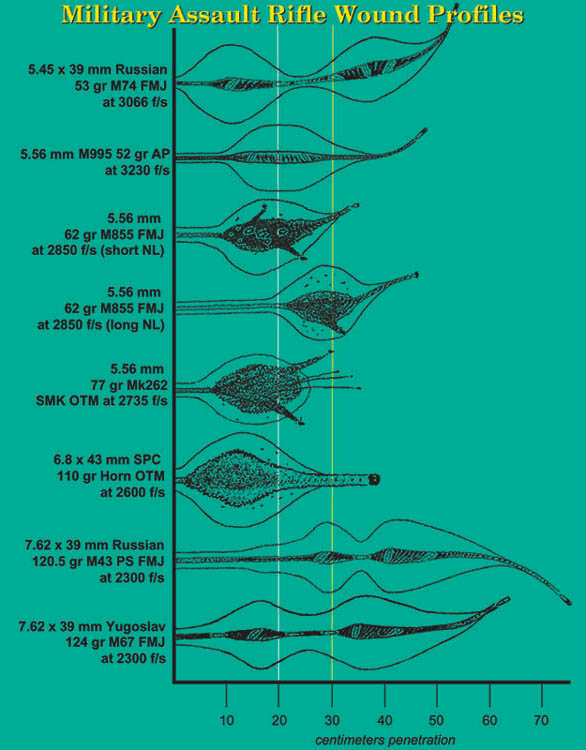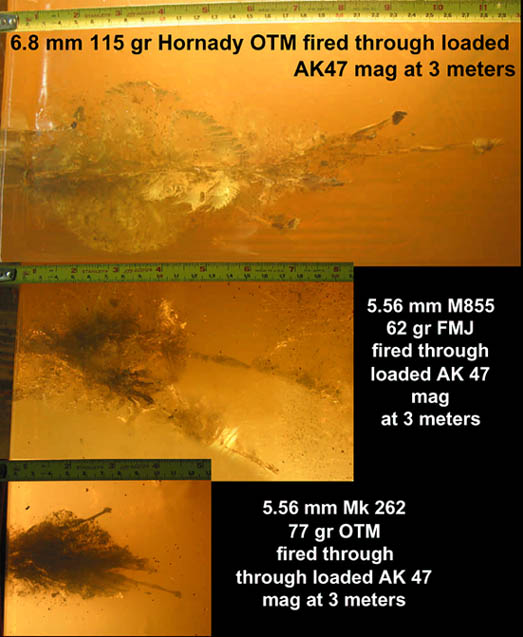Getting a new weapon fielded will take years. I can’t even imagine what it would take to convince .MIL to adopt a new bullet, especially if there is a mandate on NATO uniformity
From a logistical standpoint (my industry), both are terribly daunting endeavors.
As someone said earlier though, get a more reliable, multi-caliber weapon fielded first, then proceed to evaluate new bullet designs to increase the lethality of said weapon.
Kein Mitleid Für Die Mehrheit
What Happened to the American dream? It came true. You're looking at it.



 Reply With Quote
Reply With Quote









Bookmarks